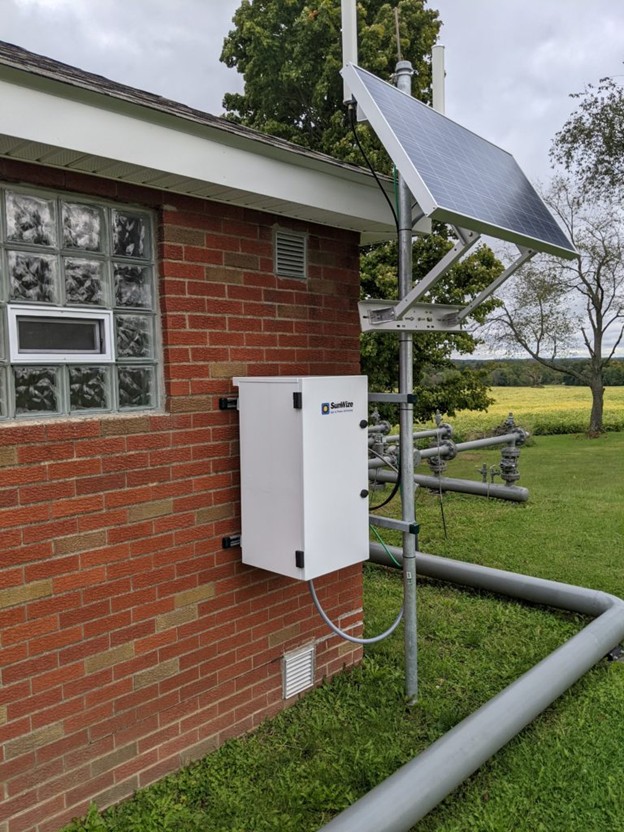The Pitfalls of Going It Alone: Common Mistakes in Gas Pipeline Monitoring Power Systems
At first glance, designing your own solar power system for pipeline monitoring might seem like a cost-saving move. But many teams quickly discover that without the right expertise, these DIY setups can lead to unexpected failures, costly repairs, and operational downtime.
A major gas company once attempted to build its own solar power system for remote monitoring. Everything seemed fine—until winter hit. The system’s battery, chosen without considering extreme cold, failed repeatedly, forcing expensive emergency site visits. This kind of mistake is more common than you’d think.
Let’s take a closer look at the most frequent missteps and how to avoid them.
The Risks of a DIY Approach
Designing a reliable solar power system for remote monitoring isn’t as simple as picking a solar panel and battery. Common pitfalls include:
- Underestimating power needs – If the system doesn’t generate enough energy, monitoring equipment shuts down, leading to gaps in critical data.
- Choosing the wrong battery – Not all batteries handle extreme temperatures well. The wrong choice can lead to poor performance, frequent replacements, and extra maintenance.
- Overlooking environmental durability – Wind, snow, and extreme heat can wear down materials and lead to unexpected failures.
- Improper mounting – If a solar panel isn’t installed securely, it can be damaged by wind or even become a safety hazard.
What Makes a Reliable Solar Power System?
To avoid these problems, it’s crucial to use components designed for remote and harsh environments. A well-built system includes:
- Durable, weather-resistant enclosures – These protect components from corrosion and environmental damage.
- Solar panels rated for hazardous locations – Ensures safe operation in gas environments.
- Smart charge controllers – Regulates power flow for efficiency and longevity.
- Strong mounting solutions – Prevents damage and ensures stability in tough conditions.
Speed, Scale, and Quality: Getting It Right
One of the biggest challenges in setting up power for gas pipeline monitoring is meeting tight deadlines without cutting corners. High-quality, pre-designed systems streamline installation and reduce the risk of failures down the road.
Logistics Matter, Too
Even the best power system won’t be useful if it’s difficult to install. Companies that specialize in remote power solutions also focus on packaging and shipping, ensuring field teams can deploy systems quickly and efficiently, no matter how remote the location.
The Difference a Well-Designed System Makes
Every component in a power system affects its performance and longevity. Key factors include:
- Precision wiring for maximum efficiency and durability
- Secure connections to prevent failures due to loose wiring
- Properly tightened fasteners to keep everything in place
- Thorough quality checks to catch issues before installation
The Key to Long-Term Success
A reliable solar power system for gas pipeline monitoring isn’t just about having the right parts—it’s about ensuring everything is designed, built, and installed correctly. Instead of risking costly mistakes, partnering with experts who specialize in remote power solutions can save time, money, and frustration.
At SunWize, we’ve helped oil and gas companies power their monitoring systems reliably for decades. If you want to avoid these common pitfalls, check out our proven solutions here:
👉 SunWize Oil & Gas Remote Power Solutions
Why leave power reliability to chance? If your team needs a field-proven power solution, let’s talk.


